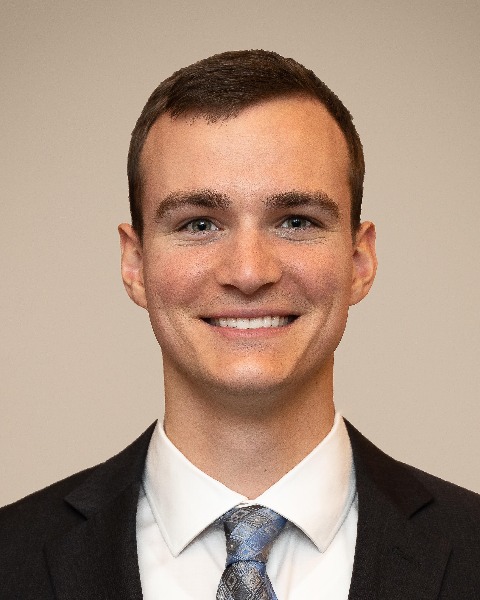Emergency Medicine: All Areas
Emergency Medicine 11
484 - The Preparedness of Schools to Manage Emergencies and Disasters affecting Students: A National Survey
Publication Number: 484.31

Marcus O. Erdman, MD (he/him/his)
Resident, PGY-2
Wright State University Boonshoft School of Medicine
Dayton, Ohio, United States
Neha Gupta, BS (she/her/hers)
Medical Student
Pennsylvania State University College of Medicine
Yardley, Pennsylvania, United States
Presenting Author(s)
Co-Author(s)
Background:
School nurses often provide care for students with medical or traumatic emergencies and coordinate care during disasters.
Objective: The objective of this study is to determine the current state of preparedness in schools based on National Association of School Nurses (NASN) and American Academy of Pediatrics (AAP) guidelines.
Design/Methods: An electronic questionnaire was distributed to a select number of NASN members during the 2021-2022 school year. The questionnaire focused on (1) preparedness based on national guidelines, (2) training of school nurses, and (3) availability of medications/equipment.
Results:
Analysis was performed on 994 questionnaires (50% response rate). The majority of responders worked in a suburban setting (47%) and in the Northeast (28%). The most common reported emergencies included general illness, shortness of breath, acute headache, extremity sprain/strain, psychiatric/behavioral health, and seizure.
68% (612/900) of responders reported having a Medical Emergency Response Plan (MERP), while 113 were unaware if a MERP existed. 54% of responders practiced their MERP at least yearly, 32% had developed relationships with local prehospital care, 67% had a communication network linking the entire school campus, 63% had a MERP specific to children with special needs, and 34% had a MERP specific to cardiac emergencies.
66% (581/876) of responders reported having a response plan specific to mass casualty events (153 responders were unaware of this plan), 59% coordinated disaster drills with local prehospital care, 80% had specific plans for evacuation, 82% had specific plans for “lockdown”, 77% had locked doors at all entrances, and 18% had armed security guards on campus.
In terms of training, 90% of responders were trained in cardiopulmonary resuscitation, 79% were trained in Stop the Bleed, 98% were trained to use a self-injectable epinephrine device, and 89% were trained in the recognition of concussions.
Responders have the following medications/equipment immediately available: self-inflating resuscitation device (33%), oxygen source (10%), albuterol inhalers with spacers (38%), epinephrine pen (76%), automated external defibrillator (97%), bleeding control kits (71%), and naloxone (39%).
Conclusion(s):
Based on our national sample of school nurses, we have identified strengths and areas for improvement in school emergency and disaster preparedness.
